Creative still life photography ideas to inspire you.
Still life photography is a genre of photography that uses precise arrangement, lighting, and framing to bring inanimate items to life. This type of photography gives you total control over every element of your images, from concept to shutter release.
To level up your creative process and keep things interesting, it is important to explore a variety of creative still life photography ideas.
14-day free trial. No credit card required.

Experiment with lighting and exposure.
Light is the foundation of a good photograph and most amazing photographs begin with proper lighting and exposure. Depending on how you choose to light your subject, it can evoke many different things, from dark and moody to bright and cheerful.
Experiment with these photographic elements to get the most out of your still life images and watch your still life photography take on a whole new form.
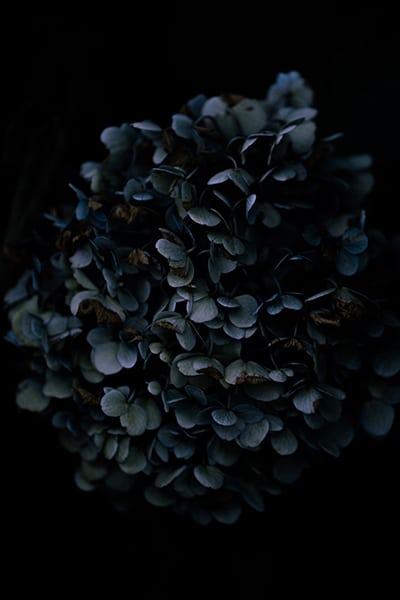
Still life low key photography.
Low key photography is an exciting type of still life photography in which you craft the light to take on a dark, dramatic aesthetic to create a striking texture and contrast. Shooting in low light allows you to highlight specific elements of your subject and bring attention to them.
A black backdrop, a tripod or steady surface, and a light source, either natural or artificial, are required for a low-key still life photo. These components will help to emphasize texture, depth, and contrast.
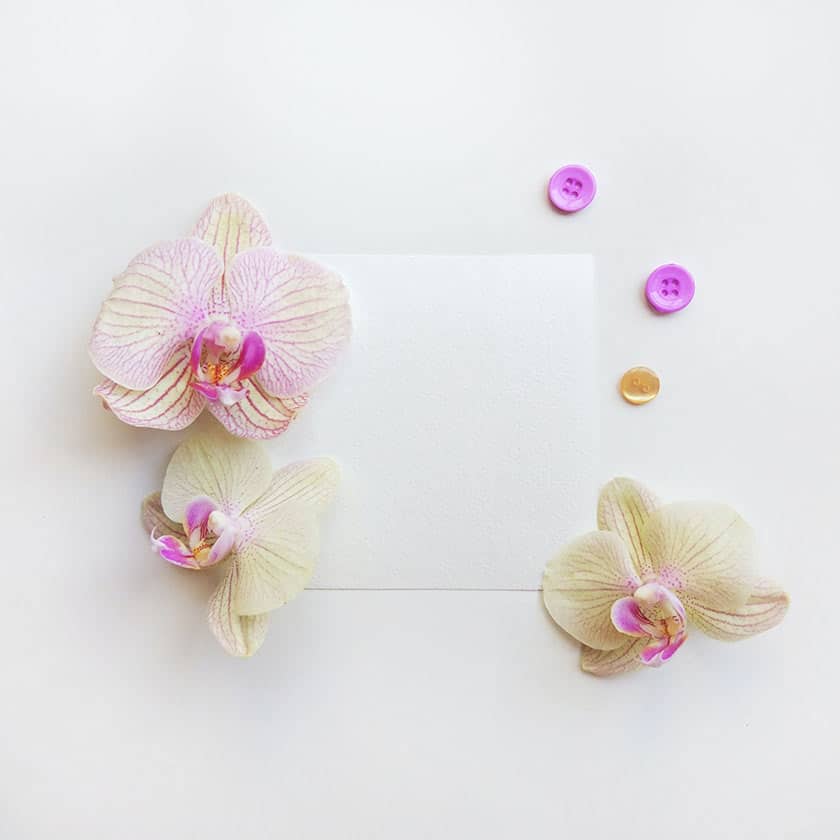
Still life high key photography.
Unlike low-key photography, high-key photography thrives on bright even illumination of the scene to produce striking and compelling images. A still life high-key photograph exposes all surface areas of your subject to light, occasionally resulting in a light and bright look with an airy vibe.
To create high-key photographs, you’ll need a bright or white background and you will need large light sources, such as the sun or artificial lights, to avoid harsh shadows and light the scene evenly. It’s important to note that it’s easy to overexpose your images when shooting with high-key lighting and you may need to experiment a bit to get the right exposure settings.
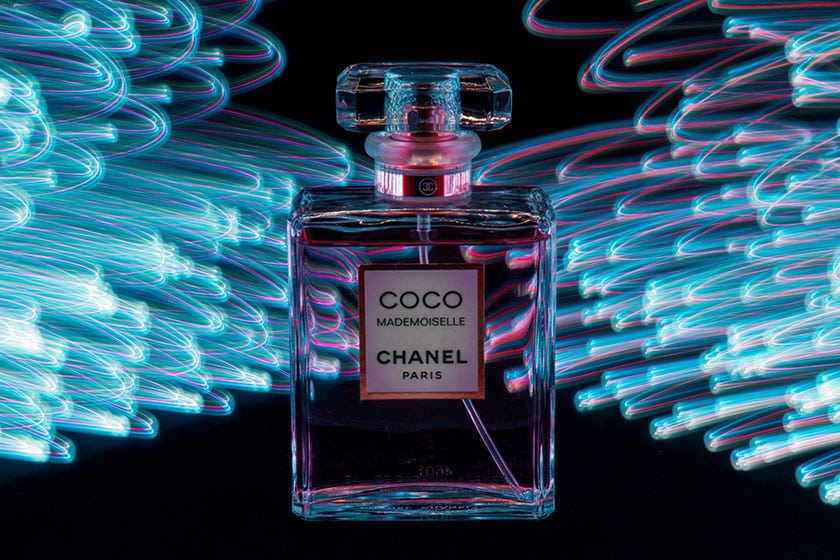
Light painting still life photography.
Light painting involves painting areas of a scene with light, emphasizing one aspect of your subject while leaving other areas in shadows. This lighting technique breathes creativity into your still life work and enriches the image many times over.
To create this lighting effect, you’ll need a backdrop, a flashlight, or another mobile light source to illuminate the parts of your scene you want to highlight. You may also find you need a piece of black card, or fabric to guide the light and block light falling on certain areas, as well as colored gels to control the color of the light. Another option is to use a light source that lets you set the color temperature and hue to match the aesthetic you’re going for in your image.
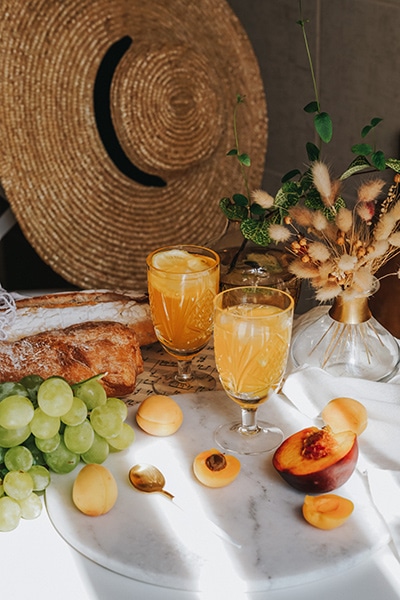
Still life window light photography.
Many of the great masters throughout history would light their still life scenes with natural window light because it creates a very flattering, soft, and directional light. Window light has clearly been an excellent source of natural lighting for still life art and that’s true of photography as well. It’s a free light source, and window light can help capture high-quality photographs while making your subject appear flattering. You can also easily craft window light by blocking, or bouncing the light to control how much shadow and contrast is appearing in your images.
Though this photography technique might be challenging, the key to capturing a fantastic window light shot is identifying the best time to photograph with your window and working around that. You’ll need a good tabletop surface, a tripod, backgrounds, and a good camera to get started.

Still life shadow photography.
Shadow photography is a creative technique that uses hard lights to add mystery to your photos. The trick is positioning the light source behind your subject to create a dark and well-defined shadow.
While the sun is perfect for this type of photography, artificial lights can also be used in still life shadow photography to create depth and patterns. Use the shadow as a compositional element to guide the viewer’s attention through the image to a specific feature you want to highlight. Or make the shadow the primary focus of the image – a remnant or impression of the original scene, visible only as a cast shadow.
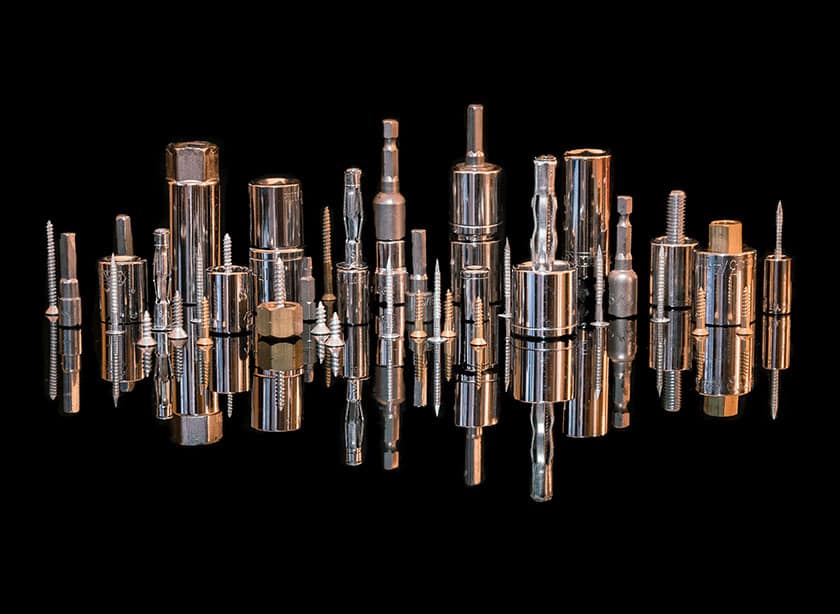
Still life reflection photography.
Shooting reflections is a creative way to showcase your subject with a reflective image of itself. This is a popular technique, especially with product photography as it creates a refined, polished look. To achieve the mirrored effect, you can place your subject on a black tile or shiny acrylic sheet (plexiglass), a mirror, or anything else with a reflective surface. There are also translucent acrylic tables that have a curved surface so you can have a seamless foreground and background, while also lighting your subject from behind or below. This setup gives you a lot of flexibility to get creative with the final outcome of your photos.
To get the most out of a reflective still life photograph, get close to the surface, remove any visible distractions, and play around with your aperture and shutter speed to create the desired effect, whether it’s a sharp, polished image or a long exposure that creates fuzzy and dreamy reflections.
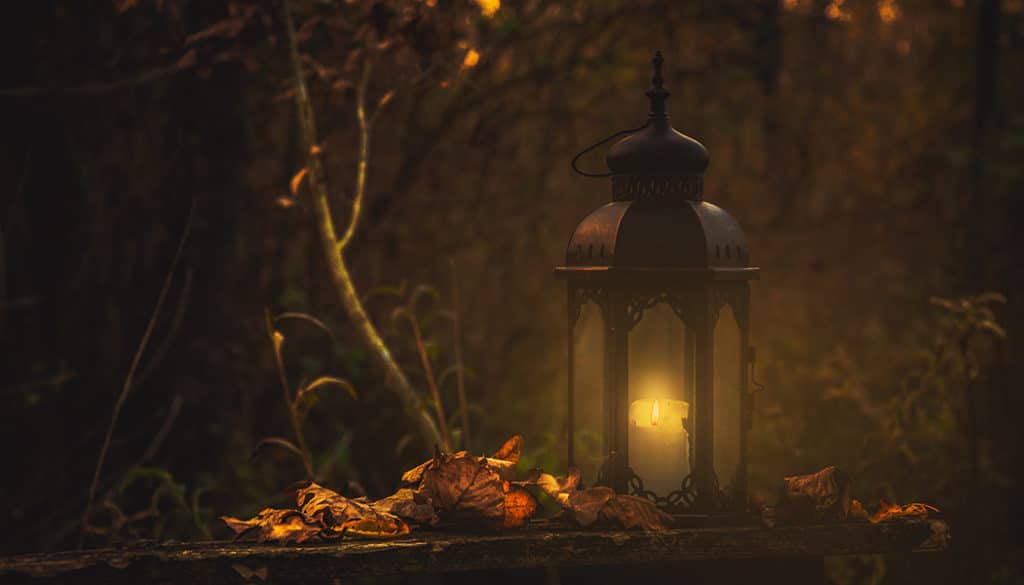
Dark and low light still life photography.
Capturing still life in low light can be difficult, but it can result in eye-catching and fascinating photos when done correctly. In addition, experimenting with low light increases your chances of producing a sharp, high-quality shot.
Rather than waiting for the perfect amount of light, shooting low-light shots in dark locations helps to add a bit of novelty to your subject. To get a high-quality low-light shot, set your camera to aperture priority or manual mode.

Monochrome still life photography.
Monochrome still life photography means capturing photos that utilize different tones of a specific color, whether it be black and white, sepia, gold tone, or another color that has been introduced to the image. For example, if you take a green monochrome photo, you will require that the highlights, shadows, and mid-tones have a green tint.
What distinguishes a monochrome photograph from a black and white photograph is that it is not limited to black and white. It can be any color with its tints and shades. That is, black and white photography is monochrome, but not all monochrome photography is black and white.
10 simple still life photography ideas for beginners.
You can discover still life photography inspiration anywhere, including in your own home. It’s on your plate, the book on your shelf, and even in the basket of fruits you brought back from the store.
Check out these simple, beginner-friendly still life photography ideas you can try at home for extra inspiration.
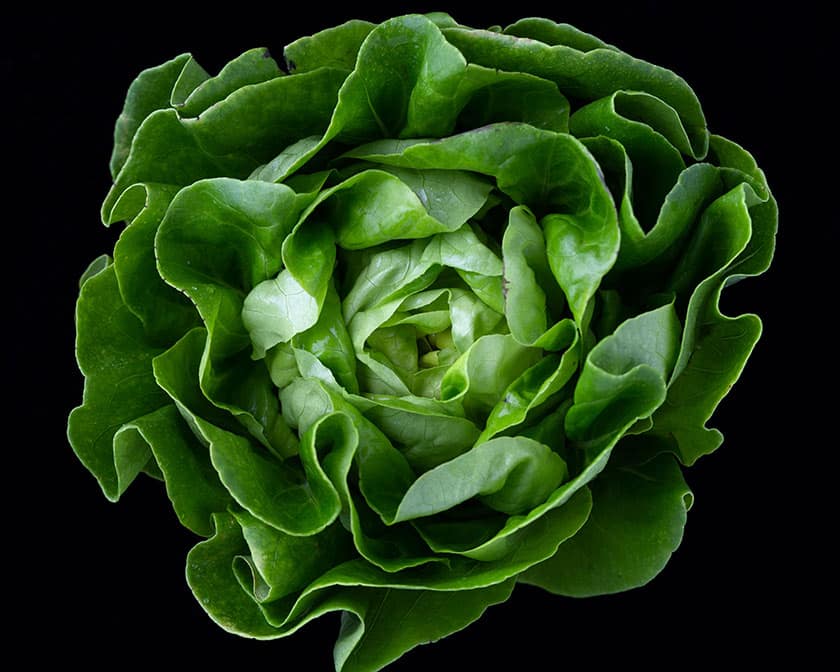
Take macro photographs.
Macro photography is an excellent technique for getting close-up photographs of small subjects while emphasizing features the human eye cannot see. As such, using a good macro lens will help you capture high-quality still life macro photographs.
Whether you’re photographing food or a product, macro photography makes the subject appear larger than it is.

Keep it black and white.
Photographing objects in black and white is a classic approach and one that you can keep at the forefront of your still life photography ideas. Black and white photography is timeless and creates a different vibe than photographing them in color.
Don’t be scared to keep it monochrome.
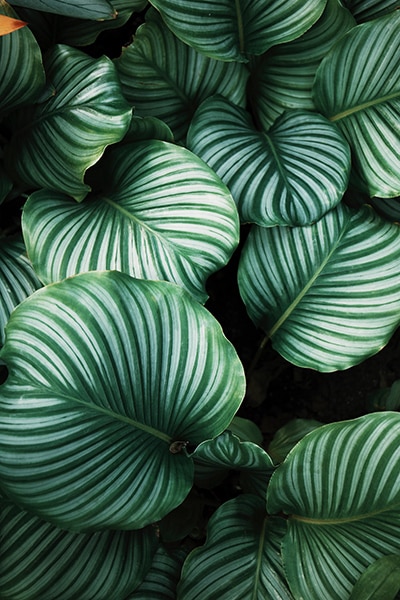
Play around with patterns.
There’s no denying that patterns can help you create an aesthetically pleasing image out of an ordinary, everyday subject. Simply choose a theme (for example, fruits, sweets, or leaves), organize a composition, set up your tripod, and shoot from above.
You can play with color and vibrancy, or use directional light to create patterns with shadows for a slightly different approach.
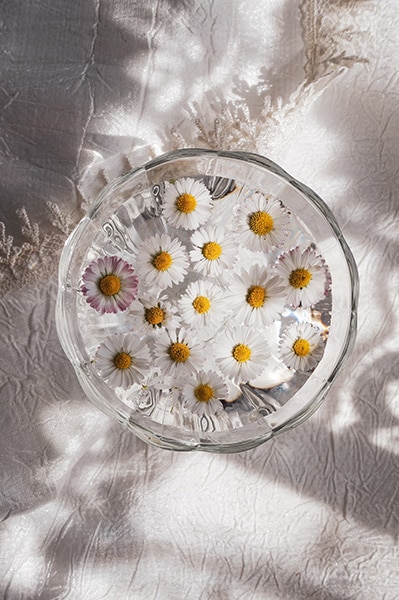
Try shooting with flowers.
In addition to being beautiful to look at, flowers have the fascinating ability to brighten up a dull image. The fact that they come in various colors and shapes is merely a bonus.
You can arrange flowers in a variety of ways while playing with different compositions and themes until you find the perfect shot.

Have fun with your food.
Food photography is a popular choice for still life photography, but there are endless ways to display your food creatively. The first step in taking mouthwatering food photographs is making sure your tabletop styling is on point using the food, ingredients, and cutlery to make the scene more dynamic.
If you’ve been looking for a reason to play with your food, this is it.
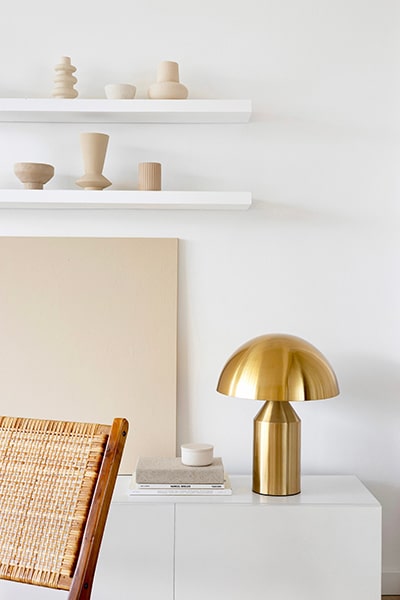
Get creative with household objects.
One beautiful aspect of still life photography is that you can make almost anything into a photographic subject without leaving your house.
All it takes is creativity to transform an old bag, a cracked cup, or even an old worn-out book into something dramatic, or something with a story.
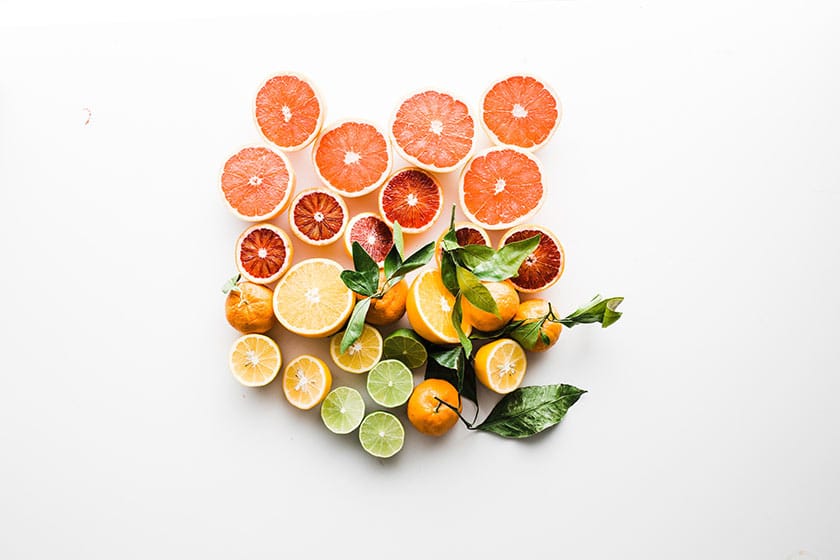
Experiment with shapes.
The simplicity of shapes has a charm that makes your still life images look engaging and captivating. You can choose to form round shapes out of orange peels or scatter coffee beans around a cup of coffee. Use shapes repeatedly throughout a scene leaning into that form and creating a theme out of it.
Regardless of how you decide to include shapes, ensure they complement the overall design.

Portray a concept.
This type of photography portrays still life objects as something other than what they are. Usually, these concept photographs have a deeper meaning that causes viewers to stop and think.
For example, you can fill up an ice cream cone with colorful sweets instead of ice cream or sew a bitten apple back together.

Use toys.
A toy car, action figure, or other toy lying about the house would be an excellent subject for a still life shot. Toys often appeal to kids, but a fantastic image will bring them to life and even appeal to adults.
With the right setup, you’ll be capturing eye-catching images in no time.

Consider adding words.
They say a picture is worth a thousand words, but who says you can’t add words to your photos also? Making beautiful inscriptions using flour, sugar, and even cutlery might sometimes be all it takes to communicate an entirely different idea with your still life image.
Simply decide on a theme and look for objects similar to letters linked by that theme.
Still life photography objects and subjects.
If you look closely, you’ll notice that almost everything can be used as a still life object and subject. Regardless of this simplicity, here are a few examples to get you started.
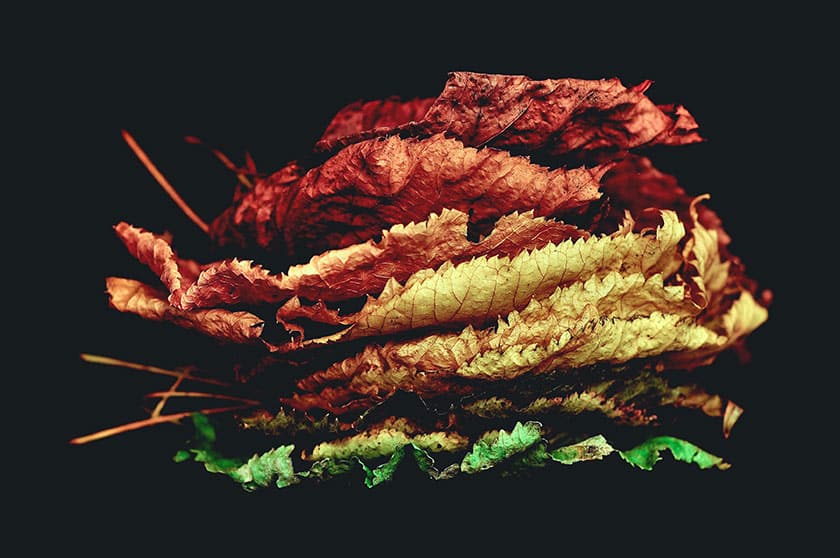
Nature still life photography.
Nature is all around us, and the world is merely a backdrop against which to shoot captivating photos.
The most amazing aspect of nature still life photography is its endless variety, which includes plants, wildlife, and close-ups of natural textures and scenes. This photography style aims to capture nature’s beauty in a single click.
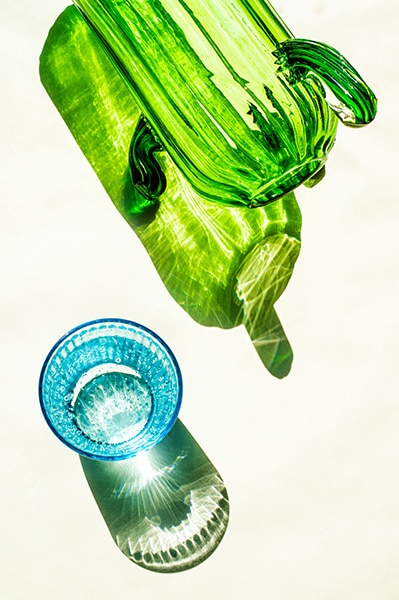
Glass still life photography.
This style of photography can bring a unique and vintage touch to your shots. In addition, its versatility ensures that you have a steady flow of ideas and props to try out.
Glass still life photography employs glass as its subject in all of its many forms. What’s more, how you capture glass is determined by the mood you want to recreate. Of course, this can just be one element in a larger still life scene, but the addition of glass can really change the feel of an image. Be careful when shooting glass, as you will often have to contend with some pesky reflections. You can isolate the scene to minimize the reflections in camera, you can remove them in post-production, or you can embrace them.
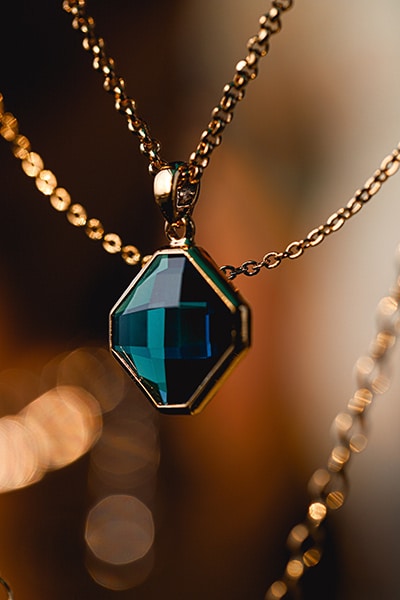
Jewelry still life photography.
Whether you’re showing off a new piece of jewelry or doing commercial work for a brand, these accessories are necessary and make excellent still life props or subjects.
Special attention to detail is essential to emphasize the unique features of the jewelry. In addition, you can use a model or prop or leave it alone to be displayed. There is a lot of production that goes into good jewelry photography including techniques like focus stacking.
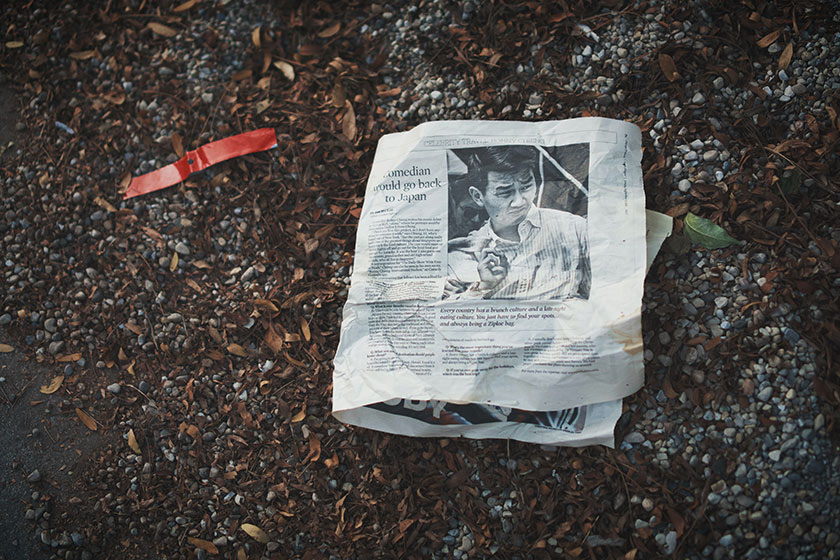
Outdoor still life photography.
One admirable quality every good still life photographer must have is the ability to find beauty where others see the ordinary. Once you leave the luxury of photographing indoors, you’ll realize that there are plenty of beautiful still life objects outside.
It could be a street object, a discarded newspaper on the ground, or even a dilapidated building that faded with age.
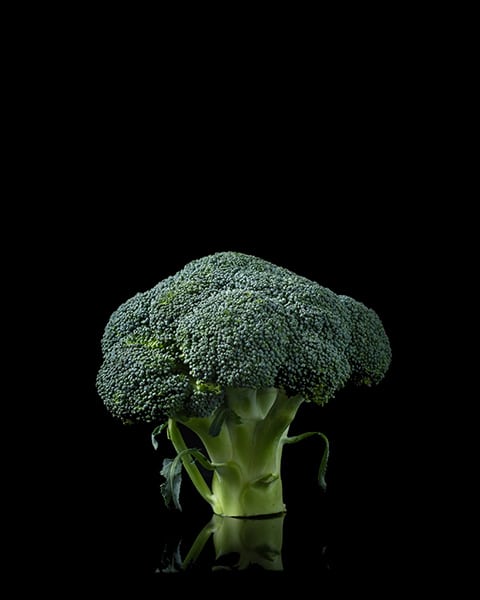
Fruit and vegetable still life photography.
Fruit and vegetables are wonderful and easily accessible still life subjects that come in various shapes, colors, and textures. The natural world, and food provide photographers with an endless supply of stunning subjects to photograph in new and exciting ways.
These still life items fall under the food photography category. There is such a range of looks and styles in food photography. Ensure that your lighting and composition choices are in line with your vision and style to get the best results for your photography practice.
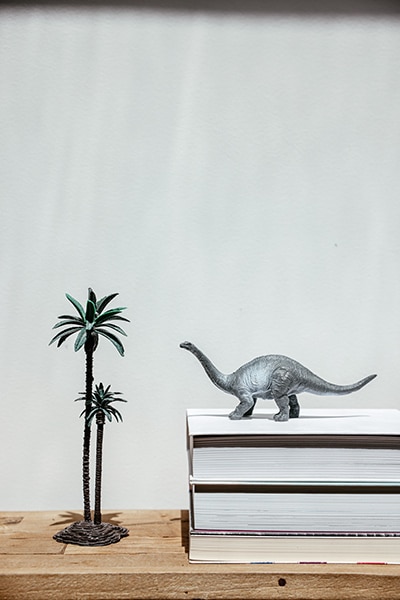
Toy still life photography.
Toy still life photography entails using toys as the main subject of your still life shot. Just as toys are enjoyable and interesting, so should toy still life photography.
You can’t go wrong with employing toys as the subject of your shot. You can try creating very elaborate scenes with toys and even light them in such a way that it mimics real life and elevates the toy scene to something almost real.

Watch still life photography.
No matter what anyone says, capturing a still life watch demands a certain level of elegance. Watch photographs are timeless, whether you showcase them in a staged setting with props and backdrops or are worn on a wrist.
The most important thing is to choose a composition and have fun with your photos. Watch photography will employ a lot of the same techniques as jewelry photography and some of them take a lot of learning and practice to master. Challenge accepted!
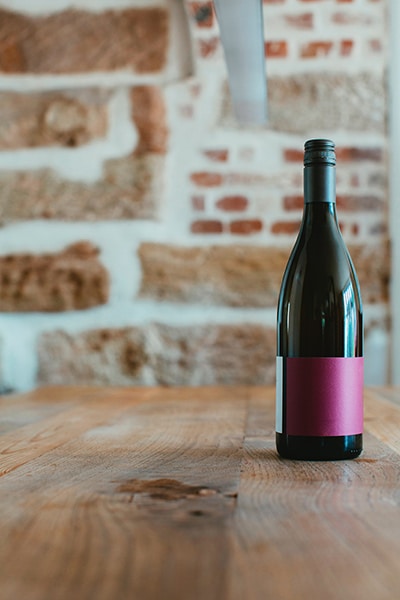
Wine bottle still life photography.
Wine bottles evoke a certain sense of refinement and sophistication, making them ideal subjects for still life photography. Photographing bottles can be complicated because of how reflective they are, but with a bit of preparation you can create really stunning scenes styled with foods, and props that would make sense with the wine or spirit you’re using. Try to think of the product as a person with a story. How do you tell the story of that bottle – that wine – that spirit – in a way that will resonate with someone seeing that image?
To begin, clean up your bottle, optimize lighting, and experiment with different angles until you get a perfect shot.
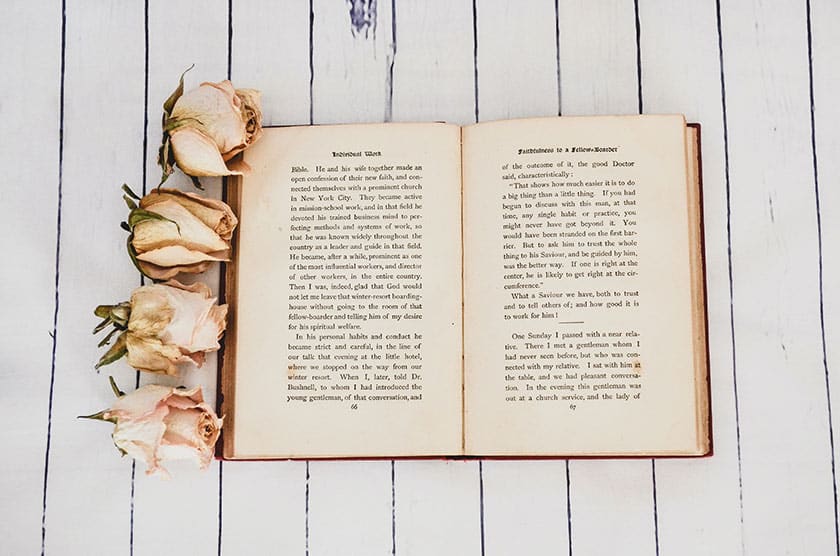
Still life photography with books.
Still life photography with books is a great way to express your love for your favorite books or any book you can get your hands on.
When shooting a book, it is best to use a variety of colors and creative lighting and avoid unusual or distracting backgrounds. This helps to direct readers’ attention to the book.
Books, like photographs, are a way to communicate themes, and ideas. Older books carry in them a latent history that you can try to capture in your photos with a sense of nostalgia.
Two classic, easy still life photography setups.
The arrangement of all the elements in your still life photograph will impact the outcome. Take a look at these two classic and simple setups.
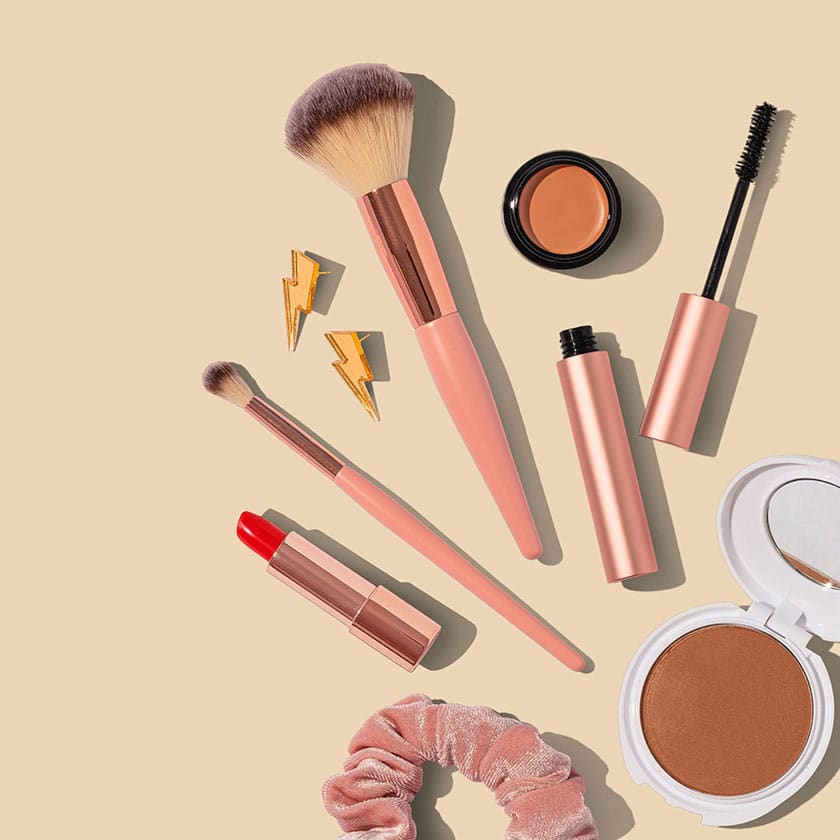
Flat lay still life photography.
Flat lay photography is a common setup that involves photographing an array of carefully arranged objects from above on a flat surface.
To achieve the ideal aesthetic in flat-lay still life photography, you’ll need a tripod, or a ladder for some height, a complementary background, and proper lighting.
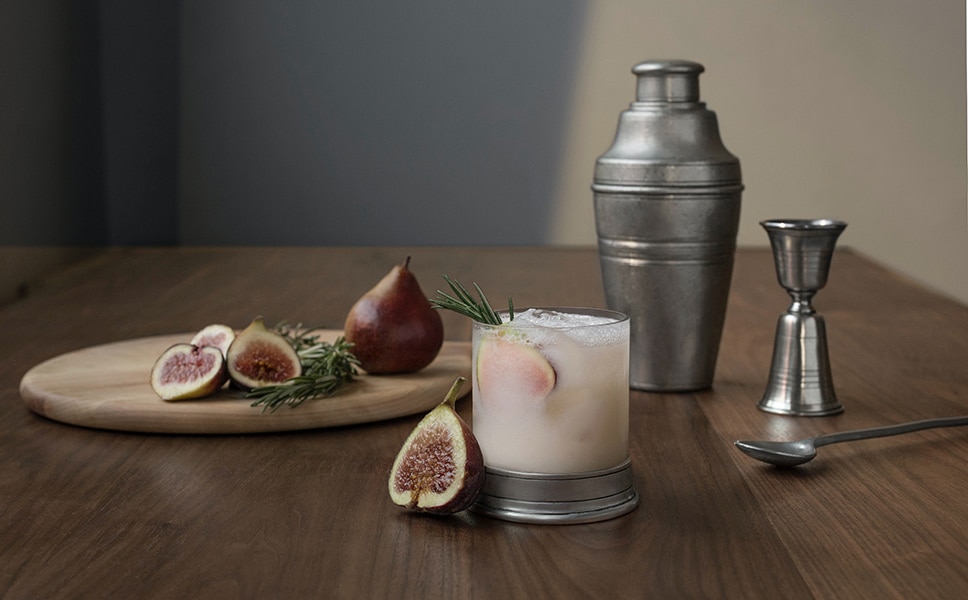
Tabletop still life photography.
As the name implies, tabletop photography entails photographing still life subjects on a table.
This setup is similar to flat-lay photography, except that subjects in a table photograph can lay flat or stand, but subjects in a flat-lay photograph must lie flat on the surface. This setup is more in keeping with the traditional idea of a still life as depicted by the old painting masters over the centuries.
The bottom line.
Photography is often a thing of trial and error in the pursuit of an ideal shot, especially when you’re experimenting with new styles. Then again, behind every excellent still life portrait is a photographer who experimented with different lighting, backdrops, props, and camera settings.
While having a particular photography style is great, exploring various still life photography examples can give you the inspiration you require to give your pictures a creative twist.
Creating a still life photography portfolio website is a great way to effectively showcase your still life photography skills. With still life photography, there is always something to serve as an interesting subject; all you have to do is look!
Build an online portfolio website you love
Put your still life photography in the spotlight.